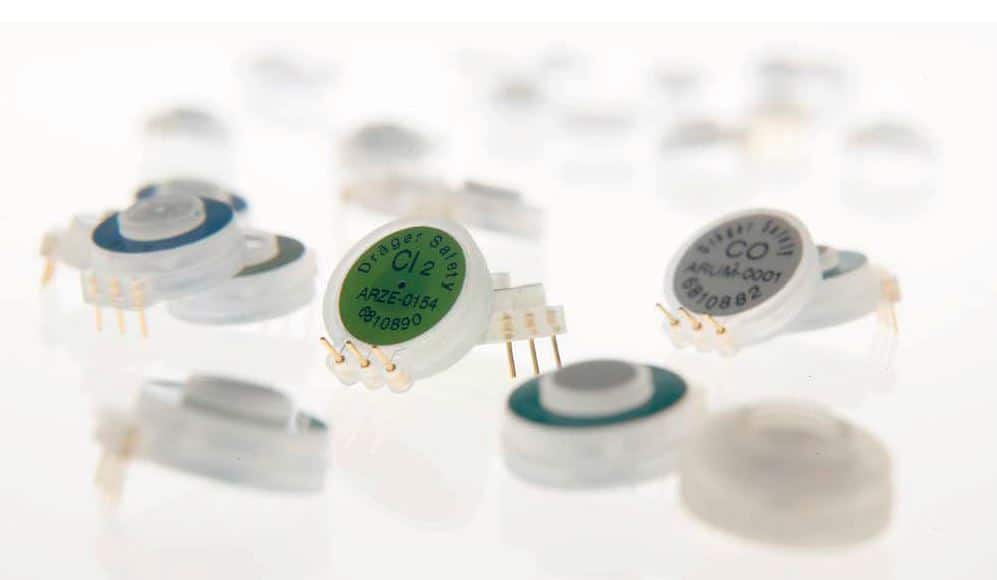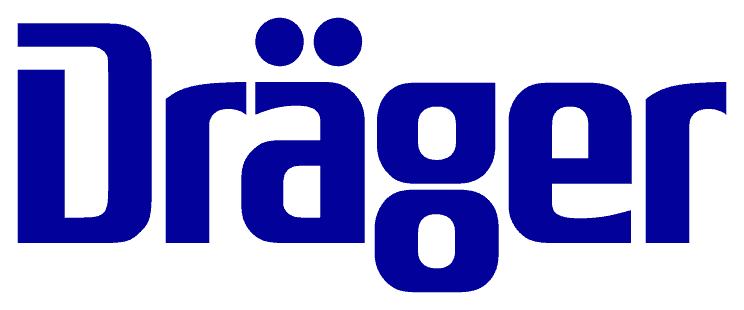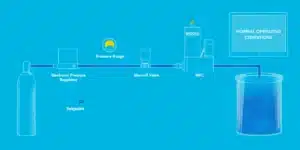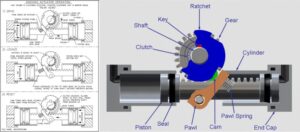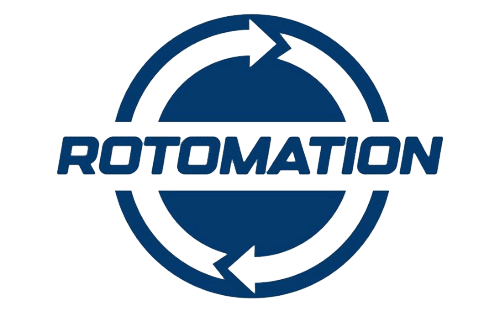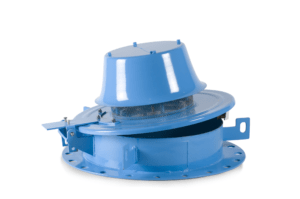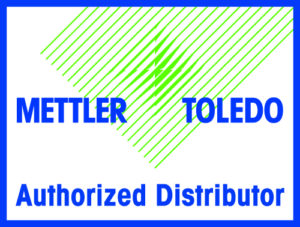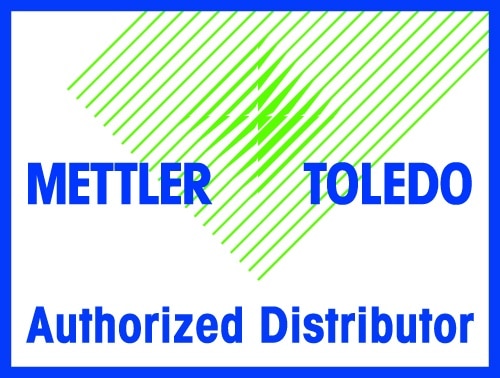Detect Chlorine Gas Effectively and Safely - Expert Tips For Practical Application
This Application Note from Dräger focuses on the challenges and solutions for detecting chlorine gas effectively and safely, particularly in the water treatment industry. Chlorine, while a common disinfectant, is highly reactive and can be difficult to detect due to its tendency to accumulate on surfaces, which may delay its detection by sensors. The note explains that chlorine’s reactivity poses a risk if not detected reliably, with exposure thresholds ranging from odor detection levels to concentrations that can cause unconsciousness or death within minutes. It discusses the inefficiencies of manual bump testing and the potential for contamination in mobile gas detectors. Dräger’s solution to these problems is the use of rapid sensors and the Dräger X-dock system, which provide faster response times, reducing test gas consumption and costs. The X-dock also allows for more efficient clearance measurements in confined spaces with the introduction of a new hose technology. The note emphasizes the importance of sensor speed for safety and economic reasons, illustrating the significant cost savings that can be achieved with faster sensors.
The experts at our process solutions group have a long standing history of working with Dräger and can help your team determine which equipment is best for you operation. Take a look at the application note and contact our team to see how we can improve your operation.
